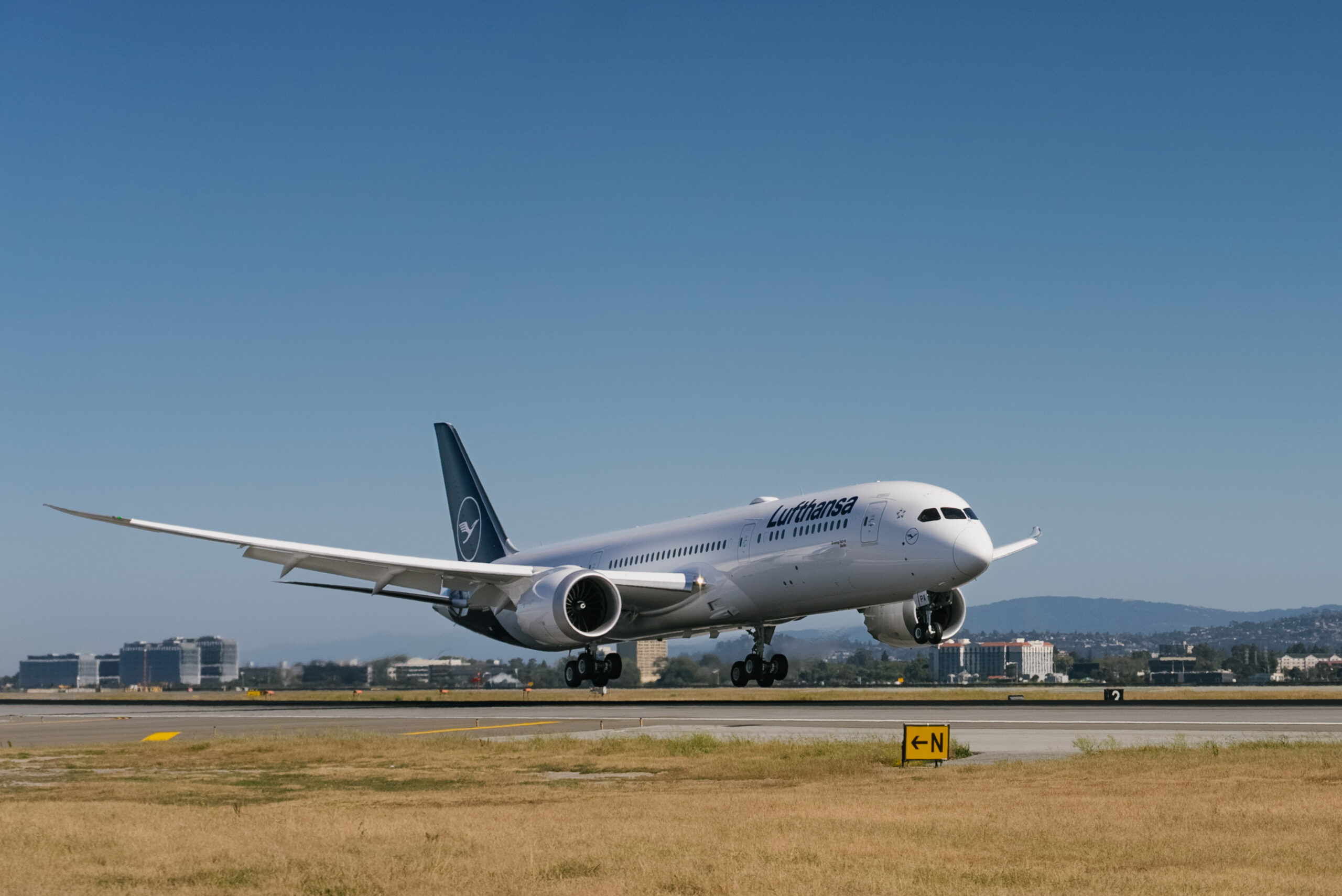«Berlin»: Lufthansa prepares to receive its first Boeing 787-9
Lufthansa first Boeing 787-9, registration D-ABPA named «Berlin», is ready for delivery at Boeing’s Everett plant.
The company said it expects the FAA (Federal Aviation Administration) to certify it this summer. The aircraft is a year behind schedule, as the U.S. manufacturer had to halt deliveries of the Dreamliners due to a variety of production problems. It is expected to resume production and deliveries this northern hemisphere summer.
See also: Lufthansa has confidence in Boeing: «it will recover».
Until then, the Dreamliners were performing several check flights and adaptations. This first aircraft (MSN 62730) was to be taken over by Hainan Airlines and Vistara, but both companies refrained from taking over due to economic difficulties and a slow recovery of the long-haul market in Asia-Pacific.
«Berlin» will debut an enhanced cabin product for Lufthansa, including direct aisle access for all passengers in Business Class. Lufthansa has been working for several weeks on the planned cabin refurbishment at the Lufthansa Technik maintenance center in Frankfurt (FRA).

The aircraft will initially be deployed on German domestic routes for training purposes. The first scheduled intercontinental destination for Lufthansa’s B787 will be Toronto (YYZ), Canada.
Lufthansa Group would have ordered 20 aircraft with options for 20 more in 2019. In 2021 and early May, the company increased the order with Boeing by another five and seven units, bringing the total order to 32 aircraft with delivery between 2022 and 2027.
See also: Lufthansa Group acquires more Boeing 787 and Boeing 777 freighters
The model will play a significant role for the company, as it will fill the void of the Boeing 777X delivery delays and the replacement of the four-engine fleet (Airbus A340-300/A340-600, A380-8 and Boeing 747-400).
The company notes that the Dreamliner will consume an average of about 2.5 liters of kerosene per passenger and 100 kilometers of flight time. That is about 25 percent less than its predecessor aircraft. CO2 emissions are also improved accordingly.

/https://aviacionlinecdn.eleco.com.ar/media/2022/06/FUPEehnXwAEDH6Q-scaled.jpg)
Para comentar, debés estar registradoPor favor, iniciá sesión